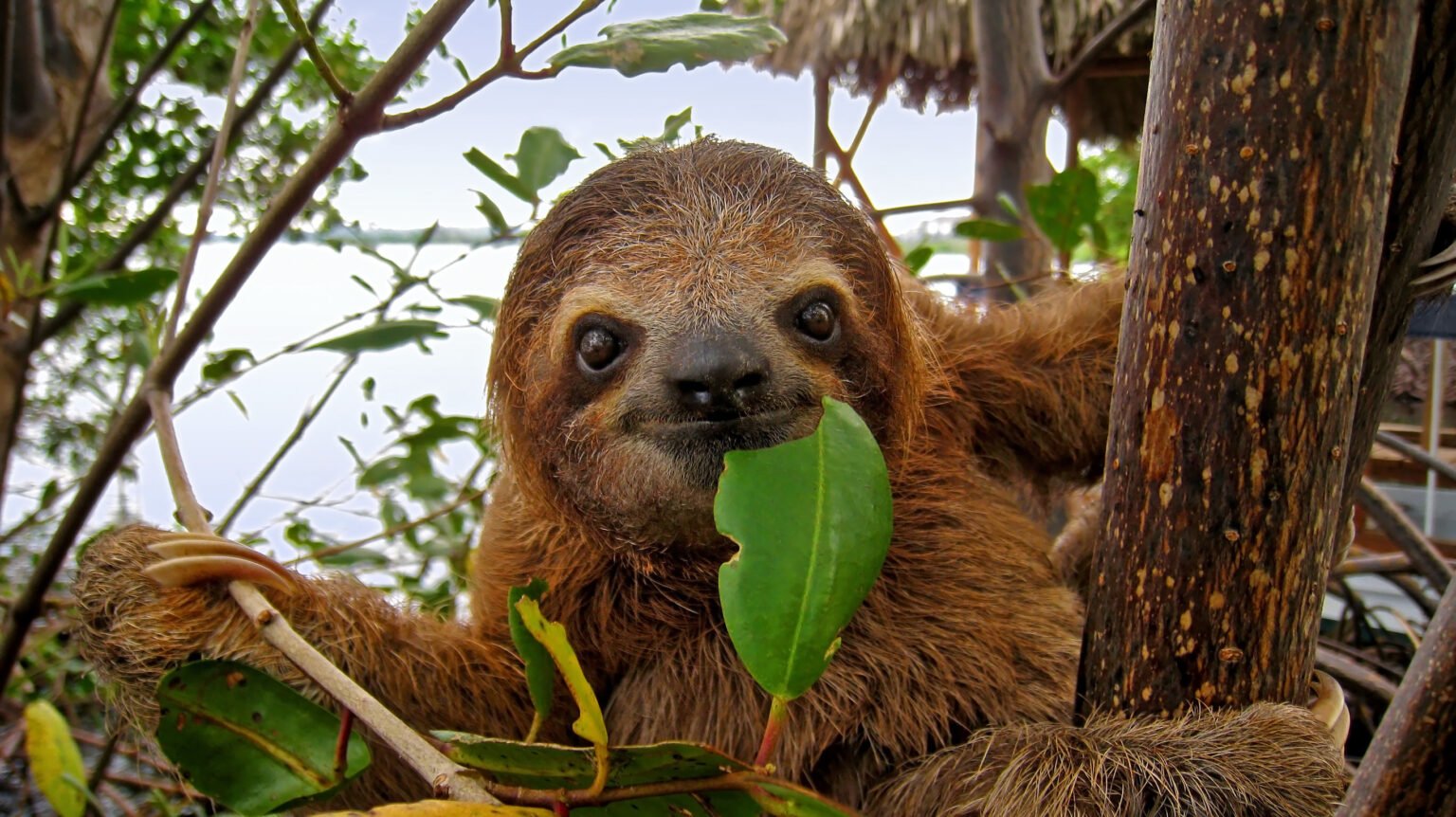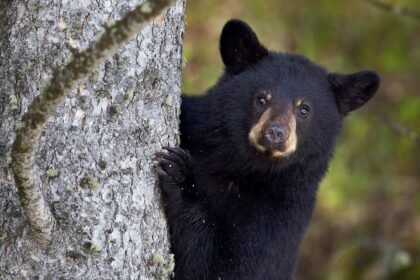Unveiling the Mystery of Sloth Survival: Insights from a Sloth Evolution Study
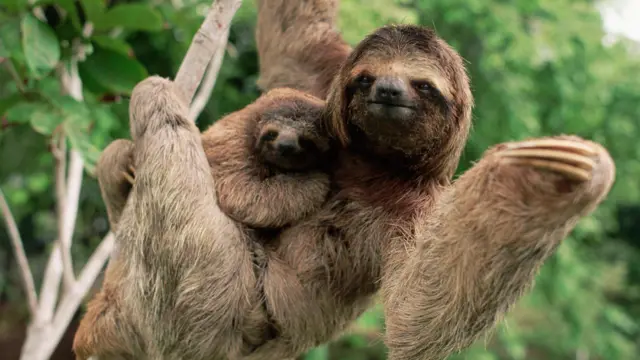
A recent sloth evolution study has shed new light on how these famously slow creatures have thrived for millions of years. Despite their sluggish reputation, sloths have developed unique adaptations—like low metabolism and deliberate movements—that have been critical to their survival. While many giant, land-dwelling sloths vanished thousands of years ago, today’s tree-dwelling sloths have evolved to thrive in the rainforests of South and Central America.
The Ancient World of Sloths: Evolutionary History and Diverse Lineage
Sloths once roamed across the Americas in astonishing diversity. Ancient fossil records show they existed in a range of environments, from forest floors and caves to underground tunnels and even aquatic habitats. This sloth evolution study reveals how these prehistoric sloths varied significantly in size and behavior. Some were as massive as elephants, standing over three meters tall, while others remained small and nimble tree-dwellers.
Evolutionary Flexibility in Sloths: Body Size Adaptation Revealed by Sloth Evolution Study Amid Climate Change
By analyzing fossil evidence and genetic data, scientists have discovered that sloths underwent several body size transformations in response to climate fluctuations. Unlike many species, these shifts did not lead to extinction, underscoring their evolutionary resilience. However, the tipping point came around 15,000 years ago, not due to natural environmental changes, but with the arrival of human hunters.
Human Impact on Sloth Evolution: The Demise of Giant Sloths Revealed
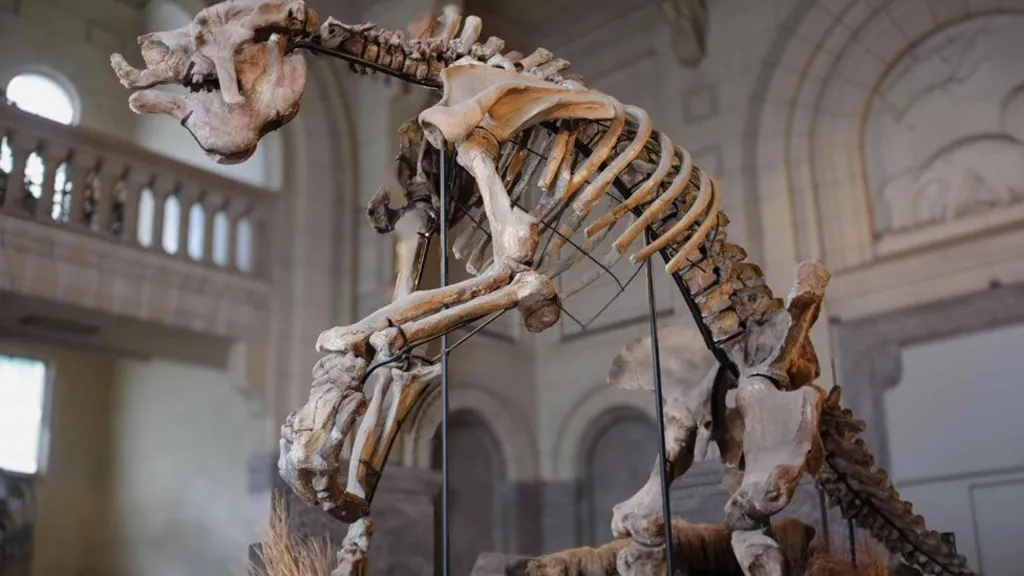
The extinction timeline of large ground-dwelling sloths coincides with the spread of early humans across the Americas. These giant sloths, slow and unable to flee from predators, became easy prey. Their extinction represents a pivotal moment in sloth history, marking a shift from diverse terrestrial habitats to the specialized arboreal niche sloths occupy today.
Sloths’ Evolutionary Success: The Power of Being Slow
Living sloths exhibit an extremely low metabolic rate, a trait that enables them to conserve energy efficiently. This slow-motion lifestyle limits their need for food and allows them to thrive on a low-nutrient diet of leaves. Their minimal movement helps them avoid predators by blending seamlessly into the forest canopy. In contrast to their extinct relatives, this strategy has proven to be a masterstroke in evolutionary survival.
Surviving the Test of Time: Genetic Insights into Modern Sloths
Genomic studies show that modern sloths have maintained high genetic diversity despite their limited geographical range and population size. This genetic variability contributes to their adaptability and continued existence. Researchers also found evidence that sloths have retained ancient genetic markers that offer insights into their slow metabolism and muscle physiology.
Conservation of Modern Sloths: A Critical Warning
Today, only a handful of sloth species remain, all confined to the tropical forests of Central and South America. Despite their evolutionary tenacity, these species face grave threats from deforestation, habitat fragmentation, and climate change. Scientists warn that without urgent conservation efforts, we risk losing the last living branches of a once-flourishing evolutionary tree.
The Sloth’s Legacy: A Reminder of Nature’s Ingenuity
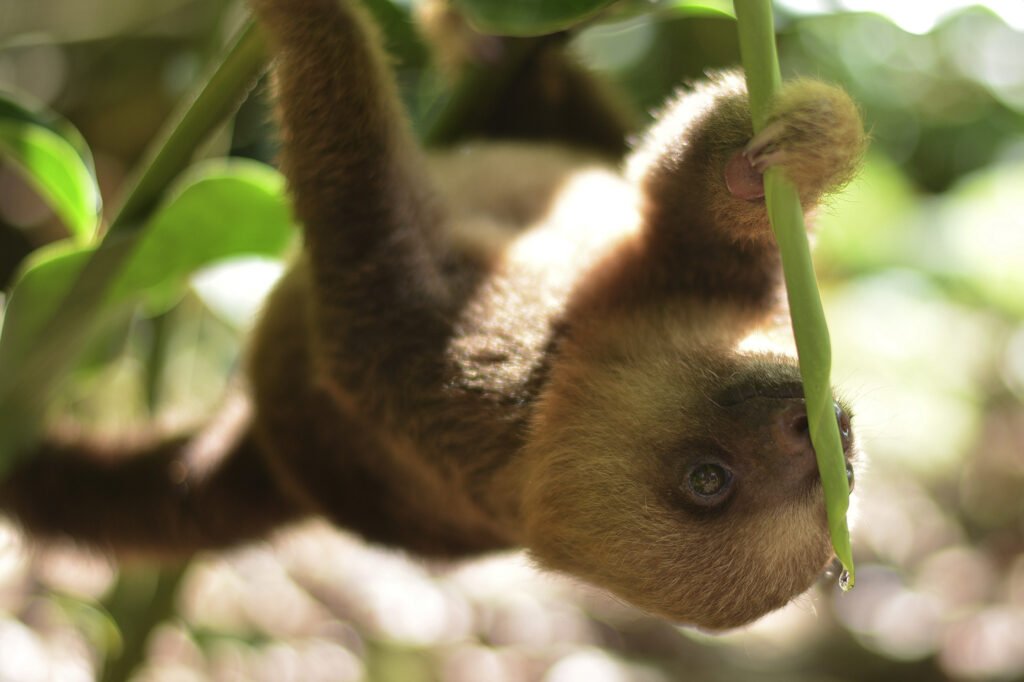
The story of the sloth is a testament to nature’s adaptability. From towering giants to discreet treetop dwellers, sloths exemplify how a unique survival strategy can shape an entire lineage. Their continued existence today is not merely a biological curiosity but a call to action—preserve what remains before it’s lost forever.
Learning from Sloths’ Evolutionary Journey
Sloths have thrived through epochs of environmental upheaval by relying on an unlikely strategy: taking it slow. As science uncovers the full scope of their evolutionary success, it also highlights our responsibility to protect them. These seemingly simple creatures carry the legacy of millions of years of adaptation, offering invaluable lessons in resilience and survival.
